Though they first appeared in the mid-1980s, run flat tires (RFT) are now more popular than ever. With some auto manufacturers making them standard in new vehicles, more consumers are asking about run flats, their advantages, and how using them impacts driving.
Run flat tires are tires on which you can continue driving after a puncture so you can take time get to an auto shop or find a safe, level area to change your tire.
You can’t drive on them indefinitely, though. Check the manufacturer’s specifications to find out how fast and how far you can drive on your run flat tires. Bridgestone run-flat tires will allow continued operation even after a loss of some or all inflation pressure for up to 50 miles (80 km) at a maximum speed up to 50 mph (80 km/h.)
There are two primary types of run flat tire systems: the self-supporting system and the support ring system.
In most self-supporting run flat tire systems, the tire features reinforced sidewall construction that will continue supporting the vehicle in the event of air loss. This construction allows continued operation after the loss of air pressure up to the speed and distance specified by the manufacturer.
Support ring run flat tire systems, on the other hand, employ a ring of hard rubber or another structure that can support the vehicle’s weight in an air loss condition.
Since they continue performing even though they’re “flat,” all run flat tires, regardless of the specific system type, may only be used on a vehicle equipped with a Tire Pressure Monitoring System (TPMS). The TPMS alerts you as soon as one of your tires loses pressure. Without it, you might not know you were driving on an underinflated tire.
You don’t have to change your tire in dangerous or uncomfortable conditions. This is perhaps the biggest benefit of run flat tires and is the one of the reasons why they were designed. With conventional tires, you have to replace a flat on the spot or have your car towed.
With conventional tires, you have to replace a flat on the spot or have your car towed.
In a puncture situation, run flats are more stable than conventional tires. Since they’re made to support your vehicle even when they contain no air, run flat tires will help you maintain better control in a complete air loss situation than conventional tires.
As consumers continue rating safety high on the list of features they look for in a vehicle, the popularity of run flat tires is expected to grow. Since run flat tires work reliably with interconnected technologies like TPMS, it may only be a matter of time before they become the norm rather than the exception in new vehicles.
There’s never a good time for a flat. That’s why Bridgestone DriveGuard tires are masterfully engineered to keep you moving for up to 50 miles at speeds up to 50 MPH without disruption.
See Details Find Your Fit
There’s never a good time for a flat. That’s why Bridgestone DriveGuard tires are masterfully engineered to keep you moving for up to 50 miles at speeds up to 50 MPH without disruption.
That’s why Bridgestone DriveGuard tires are masterfully engineered to keep you moving for up to 50 miles at speeds up to 50 MPH without disruption.
Run flat tires have emerged as a reliable option for people who don’t know how to change a tire or would prefer to avoid it altogether for reasons of convenience or safety.
Although they’ve been around for decades, owners still have several questions on their reliability in an emergency. We’ve gone ahead and answered them here.
Run flat tires have been observed to last for around 17,000 miles (27,359 km), or 6,000 miles (9,656 km) less than conventional tires. Additionally, when a run flat tire gets a puncture, you can drive it for as far as 50 miles at 50mph under normal conditions provided that sudden motions like sharp turns or hard braking are avoided.
If you’re looking to learn more about how many miles you can get from run flat tires, how reliable they are in an emergency, how often they need to be replaced, their pros and cons, and more, keep reading!
Independent consumer-oriented research organization Consumer Reports found in 2013 that run flats had a far lower average tread life than conventional tires.
At about 16,560 versus 22,560 miles, they have to be replaced significantly more often.
This question is often asked with relation to how far one can go on a punctured run flat, and most major manufacturers put the distance at 50 miles under optimal conditions such as vehicle weight, their position on the vehicle, ambient temperature, etc.
They also recommend that you drive at 50mph to ensure you get the most you can out of the punctured tire.
This makes them a suitable option for people who don’t know how to change tires or would like to get rid of a spare to create additional storage space within their vehicle.
Before they were available for everyday vehicles, run flats were made for military and armored vehicles to avoid immobilization that would put them at a disadvantage when dealing with bad-faith actors.
For this reason, they’re recommended for people that would use them along lonely freeways, at night, or other similar situations so they’re not stranded and vulnerable.
Overall, yes they do. In 2012, Bridgestone and BMW settled a class-action lawsuit that was raised in response to their run flat tires being less durable than was expected.
Honda and Michelin also settled a similar suit in 2009 over the tires in certain models of the Honda Odyssey and Acura RL.
These cases were over misleading marketing and while that has gotten better over the years, the tires still drag behind the conventional ones in terms of durability, discussed below.
A run flat can be replaced after they sustain a puncture, but it’s generally recommended that you shouldn’t.
Their internals consist of either a self-supporting or support ring system, and both are more complex than normal tires.
If a run flat gets a puncture, experts recommend a complete replacement rather than repair as its structural integrity will often not hold up too well after it’s been compromised the first time.
Other factors that necessitate replacement include the loss of rigidity and uneven wear that could make the tire more unstable and susceptible to future incidents.
Manufacturers recommend that you should not try to repair a run flat that has sustained damage from a nail, instead directing you to replace the whole thing.
This is because, as stated above, they are made with more components than traditional tires so it would be difficult to determine whether the nail inflicted more internal damage than assumed.
Like traditional tires, it is possible to replace a single run flat tire with wear or damage.
In most cases, it would cost more and be harder to find one that’s compatible with the rest of the set for reasons discussed further below.
If you’ve gone through the previous section and have decided to bite the bullet and switch over to traditional tires, the good news is that you can!
Today, they’re more common on certain models of BMW, Mini and Mercedes-Benz, all popular enough that it would be easy to find a compatible set of wheels from your local auto shop.
You would need to seek the advice of a professional to make sure that you’re getting the right fit for your vehicle depending on size, intended use, etc.
Most manufacturers that ship vehicles with run flats installed usually do this to free up the space that would have gone to having a spare, something that’s most evident with Minis, so if you switch over, you should have a solid alternative plan in case of a puncture.
Learn how to change a tire and find a way to fit a spare somewhere on the car, even if it isn’t a full-size one – just something that gets the job done.
Otherwise, You could also have a reliable towing service on hand, especially for when you’re driving through less populated areas or at night.
Toyota and Dunlop settled a suit regarding the run flat tires they used on some 2004 and 2005 all-wheel drive Siennas. The suit alleged that the tires started wearing after as little as 9,000 miles (about 14,500 km).
BMW owners of models such as the X5, 550, 535i, and more have reported getting anywhere from 20,000 miles to as high as 50,000 miles from their run flat tires.
Pirelli says that after a puncture, their run flat tires could go for at least another 50 miles at a maximum speed of 50 mph.
Continental advertises their self-supporting run flat tires as able to last an additional 80km at 80 km/h and providing an additional 80 liters (21 gallons) of trunk space.
Mini Cooper enthusiasts have estimated that considering factors such as the weight of the car, a Mini with a punctured run flat tire could go an additional 100 miles at 50 mph.
Mercedes Benz specialists place the vehicles’ run flat tires at 50 miles at speeds of up to 50 mph.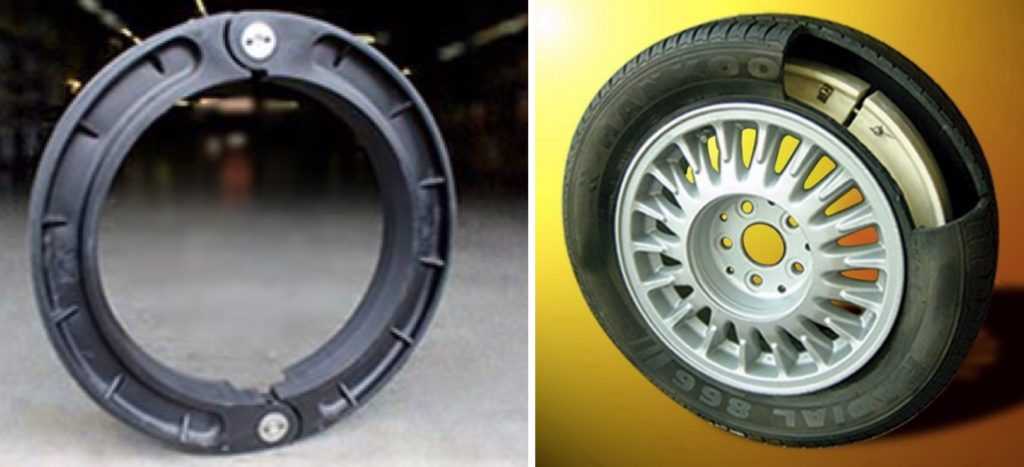
Bridgestone says that their run flat tires can provide the driver with 50 more miles at a maximum speed of 50 mph.
Michelin’s Zero Pressure brand of tires use run flat technology that provides 50 miles at 50 mph in the event of a puncture.
Goodyear uses its Run On Flat or Extended Mobility Technology (EMT) to manufacture run flat tires that last for an extra 50 miles at 50 mph when punctured.
Run flat tires are good for people who aren’t too skilled with changing tires on their own, but their adoption has stagnated at 15% over the past few years due to some pretty significant tradeoffs that go beyond the shorter life span mentioned earlier in this article.
For starters, due to their low market penetration, they’re harder to come by as they’re not stocked as widely, making them a less attractive option for use outside of large metropolitan areas.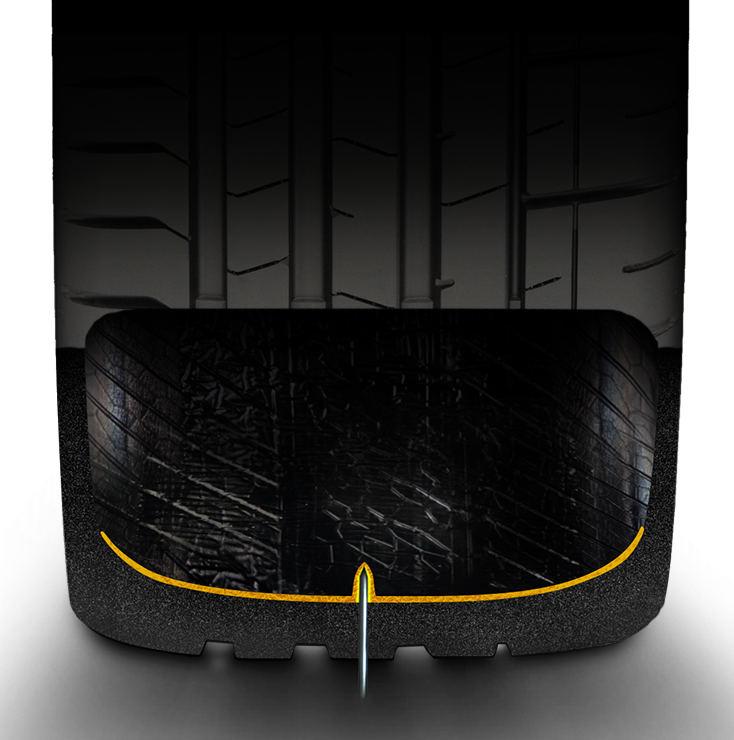
This means that while they may get you to the nearest service station, you could end up waiting longer than usual to find a replacement, let alone one that fits your vehicle.
They’re also more expensive than conventional tires. Prices and estimates vary greatly depending on where you’re looking, but they’re always the costlier option, with a price tag that averages out within the mid hundreds.
As stated above, replacing the whole tire is recommended over repair when an issue arises so that definitely drives up the overall cost of owning them compared to the traditional variants.
Their construction means that they’re heavier and interfere with the smoothness of the ride and gas mileage. Their rigid side walls also mean that they’re not as good at absorbing shock, resulting in a rougher ride.
Detecting an issue with the tires could also be a problem, since they rely on onboard monitoring systems and you can’t tell if a tire needs fixing just from how the car handles as is the case with conventional tires.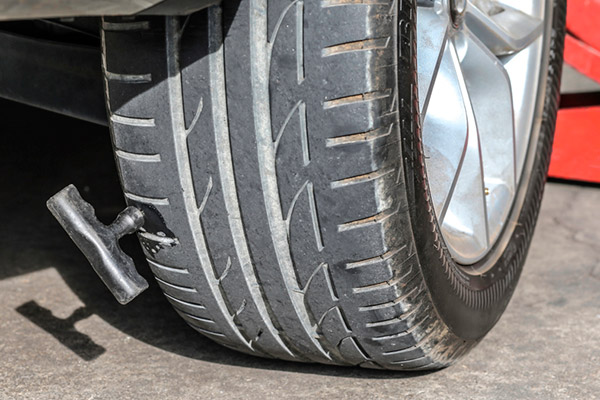
They’re hooked up to your car’s tire pressure monitoring system (TPMS) and if that should fail for whatever reason, you have virtually no way of knowing that something’s wrong until it’s too late.
To know more about flat tires, you can also read our posts on how common are flat tires, flat spots on tires, and blown-out tires.
Run flat tires are definitely an invention for convenience that allow a driver an additional 50 miles after a puncture to get themselves to help or safety.
However, they come with limitations such as higher costs, severely limited repair options and a much shorter life span.
Depending on your preference, they can serve their intended purpose with care and attention, but replacement with traditional tires is also possible if desired.
Oleg Rastegaev
Photo: Dmitry Pitersky
Expert group: Andrey Mokhov | Oleg Rastegaev | Yaroslav Tsyplenkov
How bad is the comfort of Run Flat tires with reinforced sidewalls, on which, after a puncture, you can reach the tire shop? Why are they used today not only by BMW and Mini, but also by Mercedes-Benz, Infiniti, Lexus? We took a Bavarian "three-ruble note" with two sets of tires, "safe" and regular, and went to the landfill.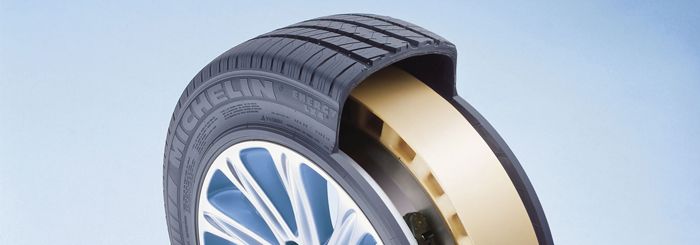
Struggling with punctures in pneumatic tires, already at the beginning of the 20th century, tire manufacturers tried to use porous rubber and bandage rings - but these unpractical solutions took root only in motorsport and in military equipment. It was not until 1973 that Dunlop offered to reinforce the sidewalls with an additional layer of rubber, which, in the event of a puncture, acted as a cushion between the rim and the road and allowed the movement to continue even at zero pressure. The technology was called Dunlop Denovo, reinforced tires were installed as an option for Fiat Panda, Rover P6B cars. Later, the name Run Flat was assigned to these tires - driving on a flat tire, that is, on a deflated tire. And they began to be truly mass-produced only at the end of the nineties of the last century, when the technology was adopted by BMW: Bavarian cars began to be designed without niches for a spare tire at all.
Run Flat tires are not only an additional layer of rubber on the inside of the sidewall, but also a different design of the carcass, bead ring and bead cord adjacent to it spare-document.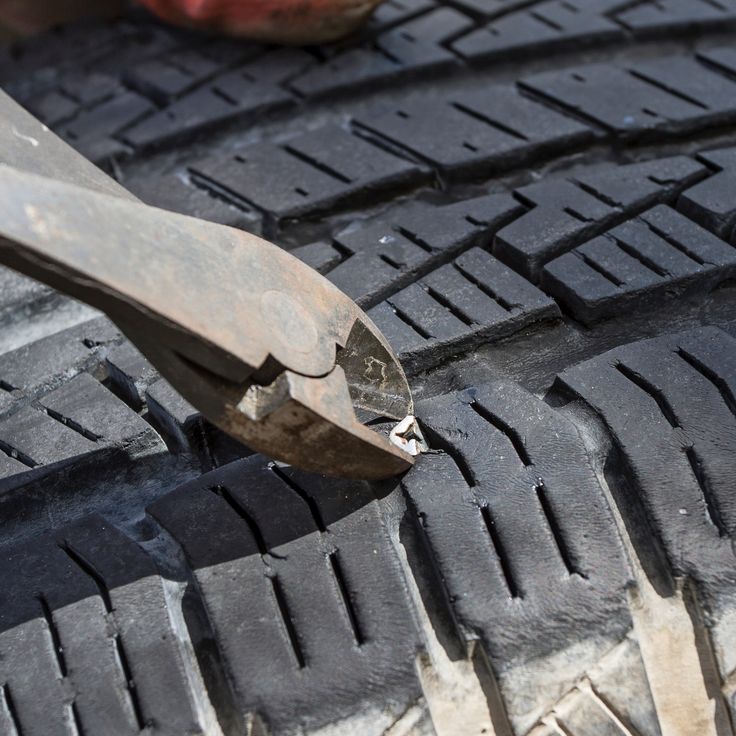 Moreover, it will not just be thrown into the trunk, but placed in a specially equipped niche under the raised floor, which, unfortunately, will significantly reduce the usable volume of the cargo compartment. So is it worth sacrificing the trunk for the sake of driving comfort? And by the way, how safe are run flat tires to drive when flat? I remember very well how, 14 years ago, at the Paul Ricard track, journalists sorted out a flat Pirelli Run Flat tire on a “one” BMW.
Moreover, it will not just be thrown into the trunk, but placed in a specially equipped niche under the raised floor, which, unfortunately, will significantly reduce the usable volume of the cargo compartment. So is it worth sacrificing the trunk for the sake of driving comfort? And by the way, how safe are run flat tires to drive when flat? I remember very well how, 14 years ago, at the Paul Ricard track, journalists sorted out a flat Pirelli Run Flat tire on a “one” BMW.
Pirelli uses the “Run Flat” label, while other manufacturers use more sophisticated abbreviations: RSC (Michelin), RFT (Bridgestone) or SSR (Continental)
Take me, too, Pirelli - a modern model of the Cinturato P7 in dimension 225 /55 R17. Two sets. The one that Run Flat, with reinforced sidewalls, is also marked with asterisks: the tires are homologated for BMW and Mini cars. And the function of the aggregate carrier will be performed by the BMW 320d. His native tires are slightly lower, dimensions 225/50 R17, but may the tire gods forgive us for a five percent difference in profile height.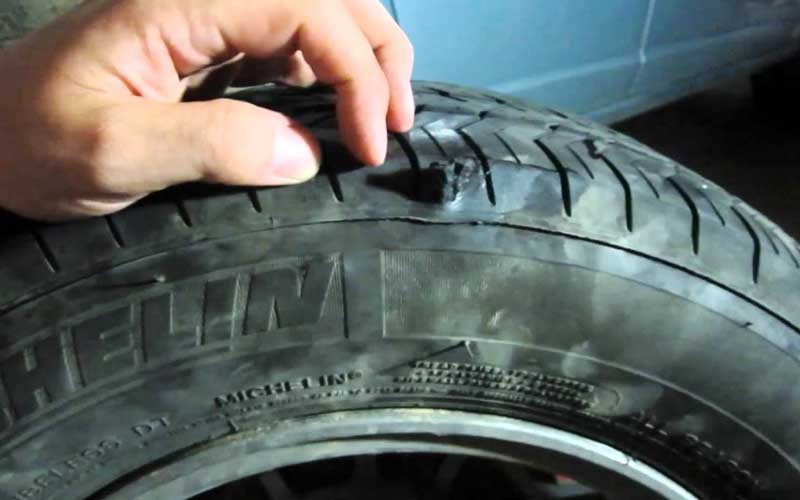
Due to the stiffer sidewalls and developed humps, it is more difficult to mount Run Flat tires. Beading Run Flat tires is, of course, more difficult: not only is the sidewall much stiffer, but also the humps are higher (these are the tides that prevent the tire bead from sliding into the inner rim stream). The wheel designed for regular tires has a hump height of 5 mm, while the one designed for Run Flat tires has a hump height of 6.2 mm. But even our ten-year-old tire changer coped with the task.
The wheel of the Krasnoyarsk company K&K (left) with dimensions 7.5x17 h3 is designed for a conventional tire. And the one on the right is marked 7.5x17 Eh3 + - the abbreviation Eh3 + means Extended Hump, extended humps of increased height (shown by arrows) for Run Flat tires
Let's go!
Is there a difference on the go? At the same pressure of 2.2 bar, Run Flat tires give more vibrations on a relatively flat surface - the body trembles more noticeably in a short wave. But on large bumps there is no significant difference: on both tires, the BMW 320d rides through the pits harshly.
But on large bumps there is no significant difference: on both tires, the BMW 320d rides through the pits harshly.
Full version available to subscribers onlySubscribe now
Monthly subscription
229
Yearly subscription
27481590
I'm already subscribed
The struggle for more space in the cabin, the emergence of complex suspension designs and the desire to save the driver from unnecessary problems with changing wheels led to the emergence of a revolutionary technology called runflat. Domestic motorists, as soon as these tires are not called, run flat, and run flat, and run flat, but their essence and purpose does not change from such all kinds of “mangling”. This rubber is really puncture resistant.
The technology itself is based on the concept of reinforcing the sidewalls of the tyre.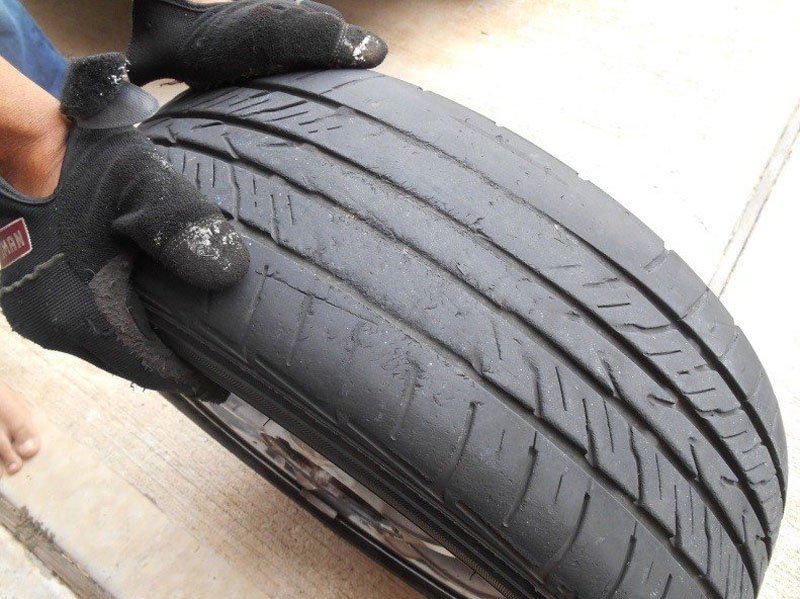 An ordinary tire simply deflates when punctured, but the “heroines of our article” settle under the weight of the car, their sides gradually move away from the disk, and the sidewalls flatten. They are able to hold a punctured tire even with a complete loss of pressure on the disk for quite a long time.
An ordinary tire simply deflates when punctured, but the “heroines of our article” settle under the weight of the car, their sides gradually move away from the disk, and the sidewalls flatten. They are able to hold a punctured tire even with a complete loss of pressure on the disk for quite a long time.
Don't get too carried away, though. Yes, at first glance everything is just amazing, as RunFlat tires allow you to continue the ride even with serious damage, but there are certain limitations. First of all, it's speed. It should not, on average, exceed 80 km/h. The second point is the distance that a car can travel on damaged tires with this newfangled technology. The limit is 80 km.
Of course, the presence of such tires allows you to forget about the "reserve" and the problems with changing wheels for some time, since you can safely drive to the nearest assembly. Just keep in mind that on some routes there is no more or less familiar “tire fitting” even within a radius of 80 km.
As mentioned above, the foundation of the run-flat technology is the strengthening of the sidewalls of the tire. In other words, these tires will require special equipment in the same services for both mounting and dismantling the tire. Of course, not every workshop can boast of having such equipment, and with the help of a conventional machine, this operation will require remarkable dexterity and ingenuity from a service employee.
Another weakness of Run Flat tires lies in their advantage. Paradoxical, isn't it? The fact is that it is very difficult to find out about a tire puncture in your car by the way the car behaves on the road. This technology will continue to confidently "hold the car" after a puncture, and you may not even notice a newly made defect. Simply put, the behavior of most of these high-quality tires in a punched and familiar state is almost identical. This is good and bad at the same time, therefore, a prerequisite for the use of run flat tires is that the vehicle is equipped with a system that controls the pressure in the wheels.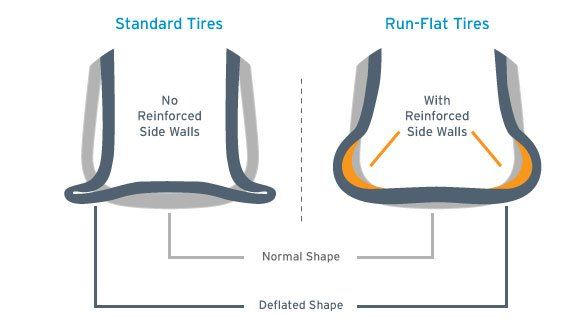 For this very reason, such tires should not be used on machines in which their installation was not provided for by the manufacturer.
For this very reason, such tires should not be used on machines in which their installation was not provided for by the manufacturer.
Another important rule. The stiffness of RunFlat tires and regular rubber varies, so you should not “shoe” your car in products of various types and from different manufacturers.
Now let's say a few words about them. Manufacturers of such tires use various forms of designations (almost as they please), that is, you will not find a specific system. For example, Michelin uses the abbreviation ZP, Continental - SSR, Yokohama - ZPS, Bridgestone - RFT, and then in the same vein.
Let's take a closer look at tire manufacturers, their product features and designations:
Michelin's proprietary ZP (Zero Pressure) technology is equipped with special tires that allow the vehicle to continue moving even in the event of a serious loss of pressure in them. These tires have reinforced sidewalls, an innovative bead ring area and are presented in various series from this manufacturer. For example, in Michelin Primacy HP, Michelin Pilot Alpin PA2, Michelin Pilot Sport PS2.
For example, in Michelin Primacy HP, Michelin Pilot Alpin PA2, Michelin Pilot Sport PS2.
Michelin products are suitable for BMW 1- and 3-Series, Cadillac, Dodge and Mercedes vehicles. All of the above machines are equipped with a special pressure control system. A punctured Michelin RunFlat tire can be recognized by the driver by noticing a warning indicator on the dashboard in the cabin.
Notably, Michelin ZP tires can only be repaired once at a professional tire shop. However, they are not retreadable if they have special markings on their sidewall stating that the tire cannot be repaired.
Renowned tire manufacturer Goodyear also has a line of products featuring the newfangled RunFlat technology. These tires have an additional property. The fact is that even with a complete loss of tire pressure, a car “shod” in Goodyear ROF will be able to continue moving, developing a decent speed on a long stretch of the track. The abbreviation itself stands for simply - RunOnFlat.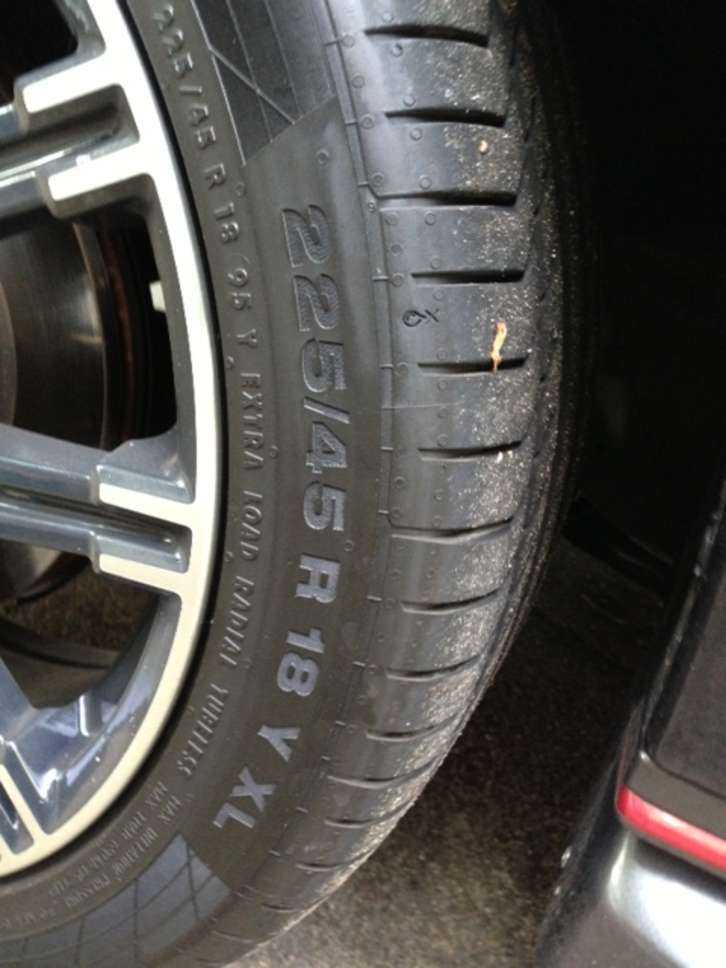
Goodyear tires are required to carry a load index equal to the minimum value specified in the vehicle documentation.
Any of this company's RunOnFlat tires can only be replaced with a product of the same type, speed index, and size. In other words, in the name of safety, you should not experiment with the assortment. For winter: Goodyear Ultra Grip Extreme, Goodyear Ultra Grip. For summer: Goodyear Eagle F1 GSD3, Goodyear Excellence.
A car fitted with Bridgestone RFT tires will be able to easily drive after a puncture or serious tire deformation to the nearest service. This allows the driver of the vehicle not to worry about the need to replace the tire on their own at the wrong time and the availability of a “spare tire”, which can have a positive effect on increasing the space in the trunk. From summer tires: Bridgestone Dueler H/P Sport, Bridgestone Potenza RE050.
The full designation of the SSR system from Continental is Self-Supporting Runflat.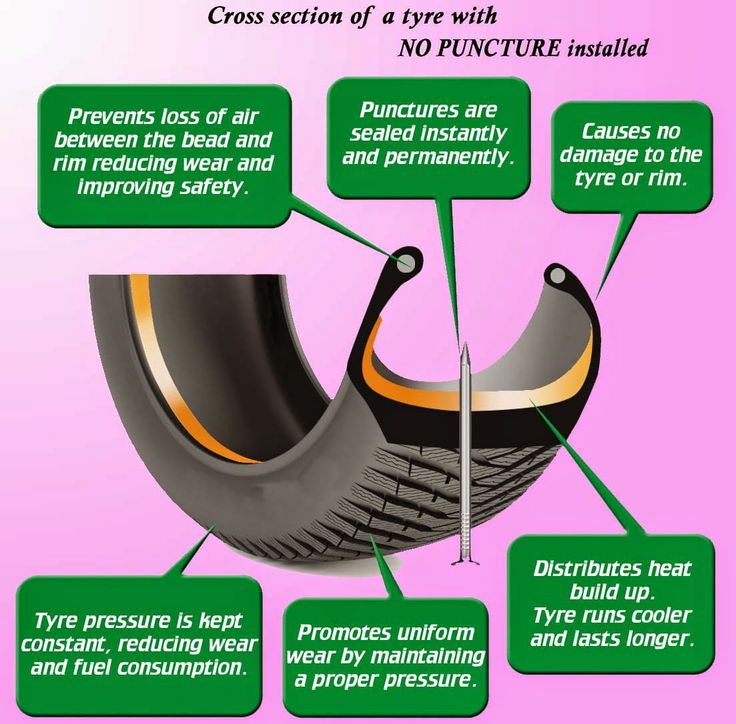 The main feature of tires based on it is the presence of a rubber reinforcement in the side walls, which holds the weight of the car when pressure is lost.
The main feature of tires based on it is the presence of a rubber reinforcement in the side walls, which holds the weight of the car when pressure is lost.
A prerequisite for installing the Continental SSR is that the vehicle has a tire pressure monitoring system called TPMS.
This rubber is mainly used on luxury cars and sports cars. It is noteworthy that Continental SSR tires are offered in both winter and summer versions. If you are a fan of spikes, then Continental ContiIceContact, Continental ContiWinterViking 2 is for you. If you prefer Velcro in the cold season, then take a look at Continental ContiVikingContact 3, Continental 4x4WinterContact. Summer option may be Continental ContiSportContact 3, Continental ContiPremiumContact.
Dunlop's ROF technology allows the driver to continue their journey even in the event of a complete loss of tire pressure, providing the vehicle with acceptable handling, acceleration and braking. Dunlop SP Sport MAXX's special reinforced construction with run flat technology helps to avoid complete wheel damage caused by heavy loads.
Dunlop SP Sport MAXX's special reinforced construction with run flat technology helps to avoid complete wheel damage caused by heavy loads.
Dunlop's main feature is that ROF tires can be easily installed on any machine with a standard rim.
Nokian winter tires with RunFlat technology are among the best in their class. The manufacturer conducted many comprehensive tests, where he tested his products in harsh conditions with ice, low temperatures and snow. In addition, you can drive about 150 km on these zero-pressure tires. In the summer, say, on Nokian Hakka Z tires, and even more so. By the way, this is one of the best indicators among competitors.
In order for Nokian Run Flat tires to perform correctly in the event of a puncture, they must be installed on vehicles with a tire pressure monitoring system and an anti-skid system (ESP). As winter companions, you can choose spiked Nokian Hakkapeliitta 7, Nokian Hakkapeliitta SUV 5 or friction Nokian Hakkapeliitta R, Nokian WR G2 SUV.
Pirelli's RunFlat tire family offers a range of sizes ranging from regular 15" to ultra-premium 20" tires to suit different types of vehicles . You can also choose from winter, summer and all-season options.
All Pirelli tires are created on the basis of the proprietary MIRS automated system, which eliminates the possibility of producing low-quality products.
By the way, it was this company that developed the first run-flat tires for SUVs.
In winter, with your sports car, you'll be safe in the Pirelli Winter 240 Sottozero. The off-roader will feel all the delights on the Pirelli Scorpion Ice&Snow. And in the summer treat yourself to the new Pirelli Cinturato P7.
Kumho's RunFlat products include a special component that increases the heat resistance of tires and also keeps them at a safe level of "work" after punctures. In addition, the manufacturer uses an environmentally friendly and, in a certain sense, revolutionary fabric cord - lyocell.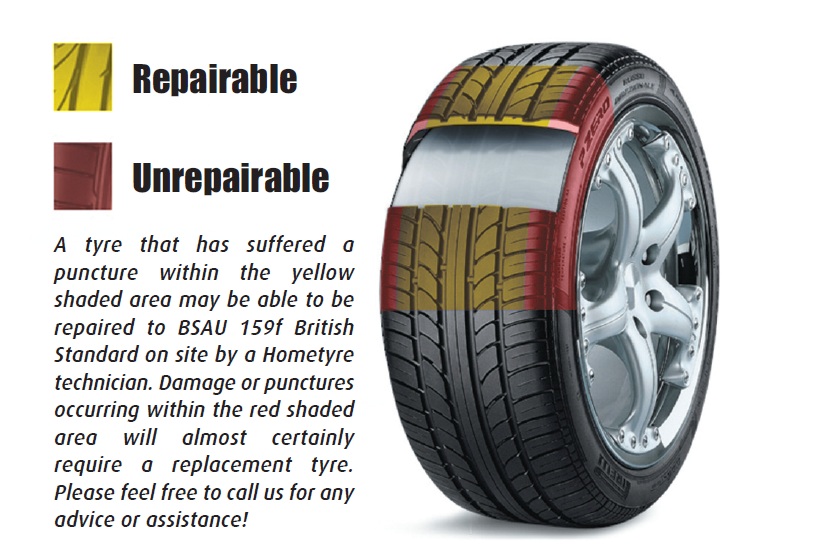
Proprietary XRP technology (deciphered - eXtended Runflat Performance) allows you to continue driving on damaged tires without any loss in driving reliability and comfort level.
When developing such tires as: Kumho I`Zen Wis KW19, Kumho Ecsta SPT KU31, the company set the highest goal to achieve the highest driving comfort, so the driver, if installed, will need special systems that warn of a decrease in tire pressure.
Hankook's reinforced tire technology may not be as widespread on the market. However, the quality of their "anti-puncture" tires is at a consistently high level.
In the side parts of their products (for example, Hankook Ventus S1 Evo K107), South Koreans install several layers of rubber with a heat-resistant cord, which does not lead, even with a complete loss of pressure, to serious deformation of the tire.
Yokohama's Zero Pressure System (ZPS) tire family also deserves attention from buyers.